Bolivia The 10 most touristically places, Bolivia, a landlocked country nestled in the heart of South America, is a destination that captivates travelers with its diverse landscapes, rich cultural heritage, and indigenous traditions. From the otherworldly landscapes of the Uyuni Salt Flats to the historic charm of Sucre and the cultural vibrancy of La Paz, Bolivia offers a tapestry of experiences for those seeking unique and off-the-beaten-path adventures. In this exploration, we delve into the ten most touristically renowned places in Bolivia, shedding light on the unique attractions that draw visitors from around the world.
1. Salar de Uyuni: Mirror of the Sky and Endless Salt Flats
The Salar de Uyuni, the world’s largest salt flat, is an otherworldly landscape that stretches across the Altiplano, offering a mesmerizing panorama of white hexagonal tiles that mirror the sky above. Located in southwest Bolivia, this salt flat is a marvel of nature and a must-visit destination for travelers seeking surreal and breathtaking scenery. During the rainy season, a thin layer of water transforms the flats into a giant mirror, creating a stunning reflection of the clouds and sky. The Isla Incahuasi, an island of cacti and coral-like structures in the midst of the salt flat, adds to the surreal beauty of this iconic destination.
2. La Paz: City in the Clouds
Nestled in a deep valley and surrounded by the high-altitude Andean peaks, La Paz, Bolivia’s administrative capital, is a city that literally takes your breath away. At over 3,600 meters (11,800 feet) above sea level, it is one of the highest capital cities in the world. The bustling markets, historic neighborhoods, and the cable car system that provides panoramic views of the city make La Paz a fascinating destination. The Witches’ Market, the historic Plaza Murillo, and the Valley of the Moon are among the city’s highlights. La Paz’s unique geography, vibrant culture, and historical significance make it a captivating destination for travelers exploring Bolivia.
3. Sucre: Colonial Elegance and UNESCO Heritage
Known as the “White City” for its well-preserved colonial architecture, Sucre is the constitutional capital of Bolivia and a UNESCO World Heritage site. The historic city center, with its white-washed buildings, red-tiled roofs, and charming plazas, transports visitors back in time. The Casa de la Libertad, where Bolivia’s declaration of independence was signed, and the Convent of San Felipe Neri are among Sucre’s cultural treasures. The city’s tranquil atmosphere, coupled with its colonial charm and historical significance, makes Sucre a destination that embodies Bolivia’s rich cultural heritage.
4. Potosí: Mining Legacy and Cerro Rico
Potosí, once one of the wealthiest cities in the world due to its silver mines, is a UNESCO World Heritage site that bears witness to Bolivia’s mining history. The Cerro Rico, a mountain looming over the city, was the source of immense wealth during the Spanish colonial era but also a site of harsh labor conditions. Visitors can explore the historic mines, such as the Casa Nacional de la Moneda, to learn about the city’s mining legacy and the impact it had on Bolivia’s development. Potosí’s mix of history, colonial architecture, and the stark reality of its mining past make it a destination that reveals layers of Bolivia’s complex heritage.
5. Tiwanaku: Ancient Archaeological Site
Tiwanaku, located near the southern shores of Lake Titicaca, is an ancient archaeological site that was once the capital of a powerful pre-Columbian civilization. The monumental stone structures, including the Gate of the Sun and the Akapana Pyramid, showcase the advanced engineering and architectural skills of the Tiwanaku people. The site is believed to have been a center of religious and cultural significance. Tiwanaku’s archaeological importance, coupled with its mystical ambiance, makes it a destination for history enthusiasts and those intrigued by the mysteries of ancient civilizations.
6. Copacabana: Gateway to Lake Titicaca
Copacabana, situated on the shores of Lake Titicaca, is a charming town that serves as a gateway to the world’s highest navigable lake. The Basilica of Our Lady of Copacabana, with its Moorish-style architecture, is a pilgrimage site and a cultural landmark. Visitors can take boat trips to Isla del Sol and Isla de la Luna, two islands on Lake Titicaca with archaeological sites and indigenous communities. Copacabana’s lakeside setting, traditional festivals, and cultural significance as a spiritual center make it a destination that embodies the mystical allure of Lake Titicaca.
7. Rurrenabaque: Jungle Adventures in the Amazon Basin
Rurrenabaque, located in the northern part of Bolivia, is the gateway to the Amazon Basin and the Madidi National Park. This small town is a hub for eco-tourism and jungle adventures, offering access to the diverse flora and fauna of the Amazon rainforest. Visitors can embark on boat trips along the Beni River, go on wildlife safaris, and experience the rich biodiversity of the region. Rurrenabaque’s proximity to the Pampas, a wetland area teeming with wildlife, adds to the allure of this destination for nature lovers and adventure seekers.
8. Tarija: Wine Country and Vineyard Tours
Tarija, nestled in the southern valleys of Bolivia, is known for its wine-producing region and picturesque landscapes. The vineyards of Tarija produce some of Bolivia’s finest wines, and visitors can take guided tours to learn about the winemaking process and sample local varietals. The city’s colonial architecture, the Plaza Luis de Fuentes, and the Casa Dorada add to the cultural charm of Tarija. The relaxed atmosphere, wine culture, and the surrounding valleys make Tarija a destination for those seeking a tranquil escape and a taste of Bolivia’s burgeoning wine industry.
9. Torotoro National Park: Dinosaur Footprints and Cave Systems
Torotoro National Park, located in the central part of Bolivia, is a geological wonderland with limestone formations, deep canyons, and fossilized dinosaur footprints. The Umajalanta Cave, one of the largest cave systems in the world, offers a subterranean adventure with stalactites and stalagmites. Dinosaur enthusiasts can explore the Cal Orck’o site, where thousands of dinosaur foot prints are preserved on a vertical wall. Torotoro National Park’s unique geological features and prehistoric treasures make it a destination that appeals to nature lovers and those interested in the ancient history of the region.
10. Cochabamba: The City of Eternal Spring
Cochabamba, often referred to as the “City of Eternal Spring” due to its mild climate, is a vibrant urban center surrounded by valleys and mountains. The Cristo de la Concordia, a towering statue of Christ overlooking the city, provides panoramic views of Cochabamba and the surrounding landscapes. The city’s central Plaza 14 de Septiembre, the Recoleta Monastery, and the lively market of La Cancha showcase Cochabamba’s cultural and historical attractions. The relaxed atmosphere, coupled with its role as a culinary and cultural hub, makes Cochabamba a destination that combines urban sophistication with natural beauty.
In conclusion, Bolivia’s allure as a tourist destination lies in its diverse offerings, from the surreal landscapes of the Salar de Uyuni to the historical charm of Sucre and the Amazonian adventures of Rurrenabaque. Each of the ten highlighted destinations showcases a different facet of the country’s multifaceted beauty, inviting travelers to explore the unique blend of nature, culture, and history. Whether marveling at the ancient ruins of Tiwanaku, venturing into the depths of Torotoro’s caves, or savoring wine in the vineyards of Tarija, Bolivia stands as a testament to the richness and diversity of South America’s cultural and natural treasures.


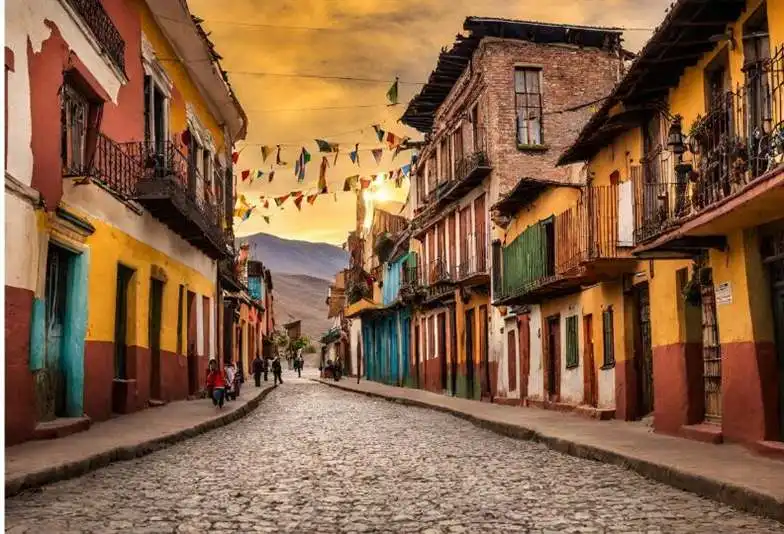
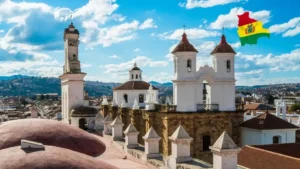
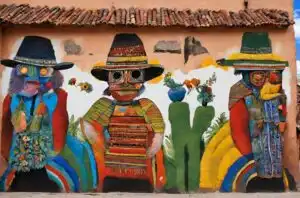
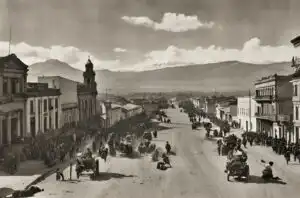



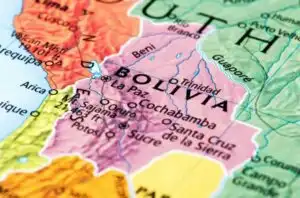
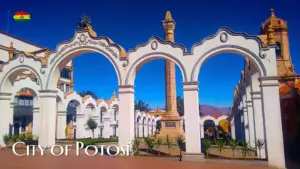
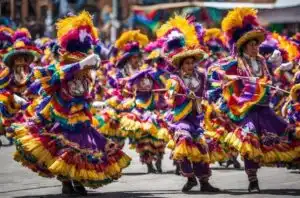

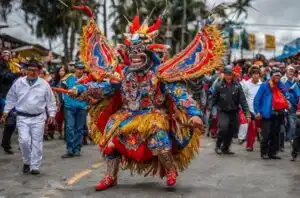

















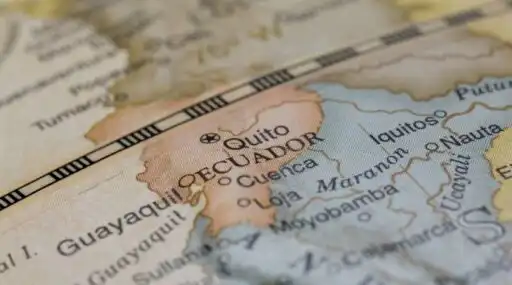
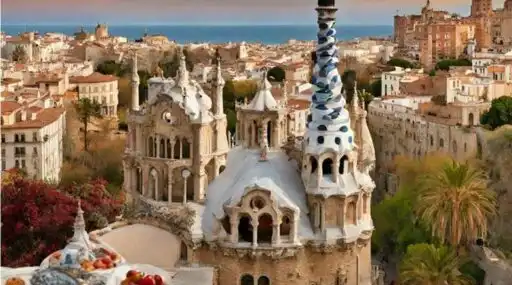

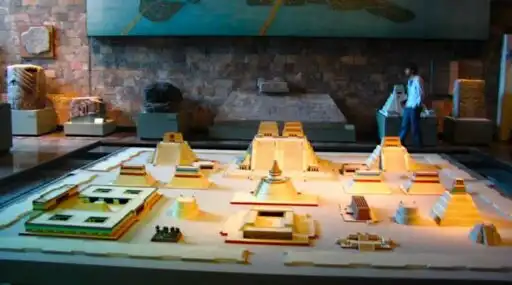












Leave a Reply